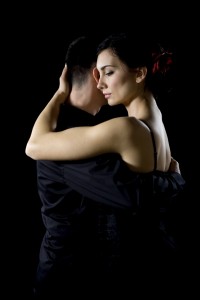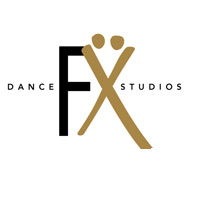 Salsa dancing is one of the most popular social Latin dance styles world-wide! People from all walks of life enjoy the energy, passion and party-like feel of the dance. But where did this dance and its music come from? Let’s explore….
Salsa dancing is one of the most popular social Latin dance styles world-wide! People from all walks of life enjoy the energy, passion and party-like feel of the dance. But where did this dance and its music come from? Let’s explore….
“Salsa” is a partner dance form that corresponds to Salsa music. Musicologists and historians have very diverse opinions on how Salsa dancing came to life. Most seem to believe it was born through many decades of dancers gradually accepting the name as many styles of music and dance steps became melded together. Others learned that “salsa” music began centuries ago in the islands of the Spanish Caribbean, in a context of slavery and colonialism. Yet, no one will deny that Salsa dancing is connected to 20th century New York City and the growing, thriving Latino community there. As the Spanish American war of 1898 ended Spanish colonial rule, displaced Puerto Rican agricultural workers migrated from countryside to town, and from island to island. The transplanted workers from Havana, San Juan, Santo Domingo and other areas brought all of their traditional sounds to New York City.
Because of this “mixture,” the word “Salsa” was eventually adopted. Salsa is the same as the Spanish word for sauce – or in the case of dance music – flavor or style. The very first time the word was heard on the radio was in a composition by Ignacio Piñeiro, dedicated to an old African man who sold butifarras (a sausage-like product) in Central Road in Matanzas. The song is titled Échale salsita. The major chorus goes “Salsaaaaa! échale salsita, échale salsita.” During the early 1950’s, DJ “Bigote” Escalona announced tunes that were danceable with the introduction: “The following rhythm contains Salsa.”
Styles of music travelling from Cuba and Puerto Rico fused their African, Cuban and other Latin-American rhythms together as they migrated into New York between the 1940s and the 1970s. There is a debate as to which country originated Salsa – Cuba or Puerto Rico. Since Salsa is one of the main dances in Puerto Rico and is known world-wide, many people give Puerto Rico the credit. However, the dance steps currently being used to Salsa music come from Cuba. Those steps, though, were influenced by many other Cuban dances such as Mambo, Cha’, Guaracha, Rumba, Yambu’ and others. Thus, the debate continues.
With the combined elements of Cuban, Puerto Rican, Dominican, African and other music styles, Salsa music can typically be recognized by the complicated percussion rhythms and the faster tempos. The sounds are vibrant and inviting and attract dancers of all levels straight to the dance floor.
Salsa dance is exciting, full of variety and appealing to almost any social dancer looking for fun and exhilaration.
YOU can learn how to Salsa at Dance FX Studios in Mesa, Arizona. We offer both private classes and group lessons, teaching dancers the spicy flavor of this hot Latin dance. Phoenix offers many Salsa venues so you’ll be able to take the skills we teach you into any real-world situation with confidence!

